As a business owner or senior leader, you know exactly how you want your organization to grow and function in the future. You know the results you want (and need) to accomplish. You know the goals you want (and need) to achieve. You know the kinds of people you want (and need) on your team to ensure the company grows and thrives.
Having all this clarity is good news. The not-quite-so-good news (notice we don’t call it “bad”) is that having a crystal-clear vision of a destination doesn’t guarantee you’re on the best path to getting there. Obstacles can—and, often, do—arise: A tough labor market leads to less-than-ideal hiring decisions. Unpredictable weather derails seasonal productivity and deadlines. Fluctuating prices take a bite out of profits and put your bottom line at risk.
Knowledge is power: Understand the state of your business
How can you ensure your company is resilient in the face of challenges and change? You need to understand the current state of your business—specifically, your business and HR strategies and practices. Human resources aren’t just the backbone of your company; your business- and people strategies are “culture cornerstones” which influence everything from who you hire and how they fit with the team to how long employees stick around and how motivated they are to help the company succeed.
Actionable insights in 3 steps
With all that in mind, we’ve developed a three-step process for assessing if your human resource functions are where they need to be—today and in the future.
- Step 1: Assessment. We conduct a thorough, honest assessment of the current state of your business- and people practice through 1:1 discussions with key stakeholders and comprehensive reviews of your current practices and processes.
- Step 2: Analysis. We analyze the results and identify key findings and prioritize risk areas. For example, a low retention rate may be linked to your interviewing or hiring processes or having underqualified managers. Failure to meet long-term goals may indicate a lack of meaningful feedback throughout the year. We answer all your questions as we walk you through this customized report.
- Step 3: Recommendations. We develop and discuss HR and business strategies to address your priority issues, implement solutions, and identify training needs based on risk areas. The truth is, pain points are often symptoms of underlying—and more serious—issues. When business leaders address problems based just on the symptoms, they end up with short-term, Band-Aid solutions. In contrast, when guided by the insights of a 360-degree HR assessment, owners and leaders can resolve root issues and establish practices and processes to ensure long-term, lasting success.
Get aligned (together) for future success
Of course, our work doesn’t stop once we’ve provided you with insights and recommendations. For us, there’s nothing more rewarding than guiding and supporting our clients to implement changes that will make their future bright.
Ready to learn more about how an HR Assessment would work in your business? Email Erin to set up a free consultation. Or, take our quick HR Self-Assessment and get feedback on the spot.


